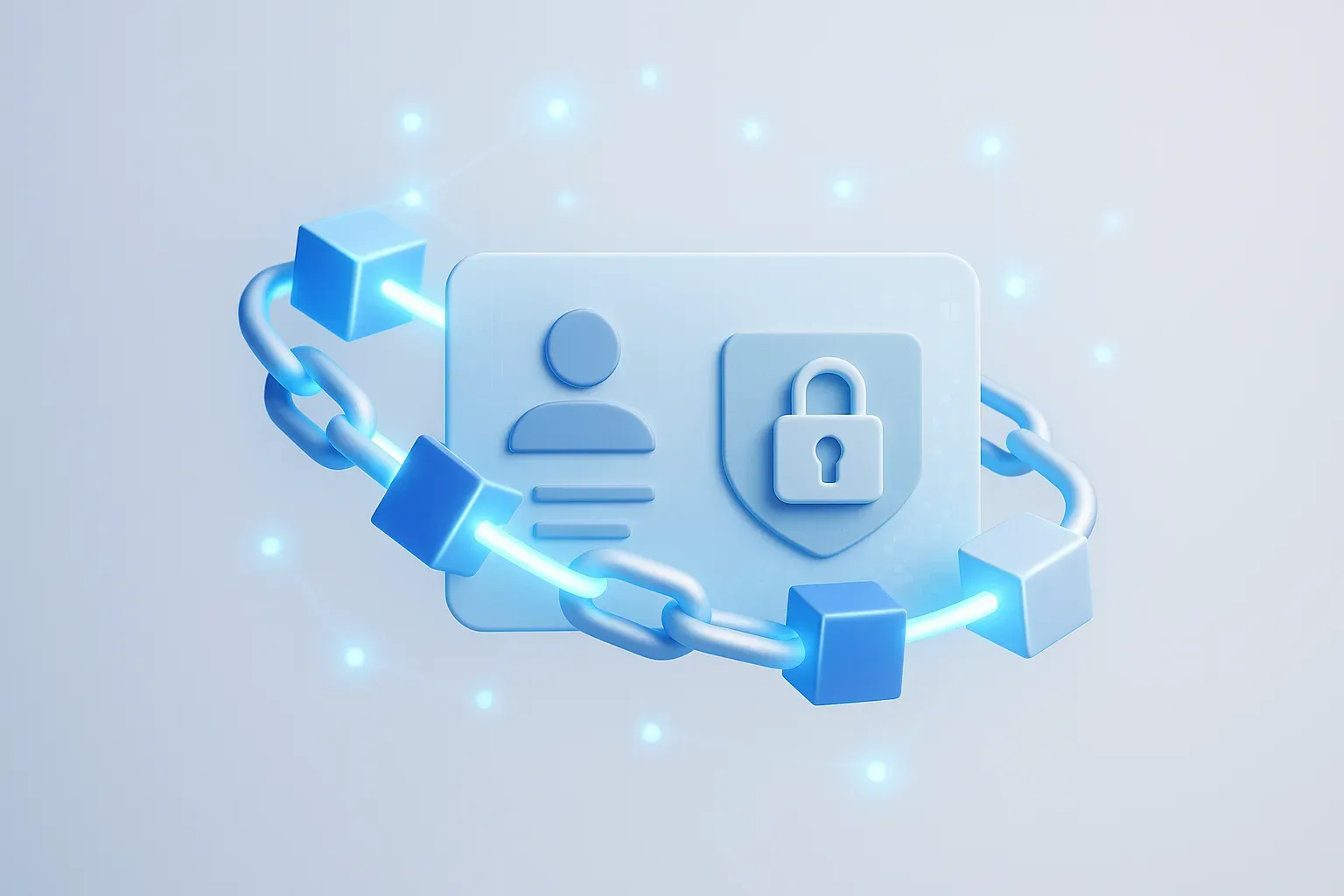Hybrid cloud environments present unique security challenges for organizations of all sizes. This article explores essential practices for securing hybrid cloud infrastructures, drawing on insights from industry experts. From unified access control to adaptive endpoint measures, these strategies will help strengthen your hybrid cloud security posture.
- Implement Unified Access Control Across Environments
- Conduct Regular Penetration Testing
- Set Up Strict Outbound Traffic Rules
- Limit Permissions to Necessary Access Only
- Prioritize Direct Customer Conversations Over Marketing
- Centralize Security Policies for Hybrid Infrastructures
- Deploy Adaptive Endpoint Control Measures
Implement Unified Access Control Across Environments
When scaling our Rajkot IT services firm in 2020, our hybrid cloud became a security nightmare. Legacy VMware permissions from client Project X mingled with new Azure roles, even allowing interns to run mainframe scripts. I was shocked when an audit revealed 47 dormant admin accounts.
So we decided to start from scratch. We didn’t rely on any fancy tools. Instead, we implemented three non-negotiable rules:
1. One policy governs all (AWS/on-premises/Google Cloud — zero exceptions).
2. Access is like surgical tools: Only what’s needed for the task (e.g., DevOps gets Kubernetes access but never billing systems).
3. Bi-weekly “access scrubs” — yes, it takes 20 minutes weekly. But last month when a project concluded? We automatically revoked access to 28 test servers in Azure.
The difference was night and day.
Our security was no longer guarding separate fortresses — it became one no-nonsense watchman checking every door (datacenters/cloud/CI/CD pipelines) with the same rulebook. Permission creep? Eliminated. Shadow IT? Flagged at setup.
I’ll be straightforward: centralized control may sound like bureaucracy. But here’s my perspective: Good permissions aren’t restrictions. They’re enablers. When developers know exactly what they can access? They deploy faster than Zomato delivers biryani. Revoke ruthlessly, audit religiously, and watch teams actually move more quickly.
 Mohit Ramani
Mohit Ramani
CEO & CTO, Empyreal Infotech Pvt. Ltd.
Conduct Regular Penetration Testing
Adaptive endpoint control is a crucial security practice that I emphasize when advising enterprises on the implementation of hybrid clouds, not just at deployment, but continuously throughout the lifecycle. As a corporate AI strategist, I have observed how quickly cloud sprawl occurs. Unmanaged mobile access, developer laptops with cached passwords, and edge devices with outdated software can all serve as focal points for lateral attacks. The weakest link in a hybrid configuration is frequently not the cloud itself, but rather a POORLY CONFIGURED Kubernetes node or an unpatched API gateway.
Every endpoint should have stringent compliance checks in place to prevent this, whether it’s an EC2 instance, an on-premise Linux server, or a remote engineer’s MacBook: updated OS patches, verified identity tokens, encrypted storage, and behavioral telemetry monitoring. A Ponemon Institute survey found that 68% of businesses had endpoint compromises from devices they believed were compliant. Real-time endpoint detection and response and secure baseline configurations should be considered necessities, not optional. Clouds are open networks rather than fortresses protected by walls in hybrid environments. So ensure that all of the doorknobs are fortified.
 Jonathan Garini
Jonathan Garini
Founder & CEO | Enterprise AI Strategist, fifthelement
Set Up Strict Outbound Traffic Rules
The most essential security practice I recommend for organizations adopting hybrid cloud strategies is implementing unified login systems across all environments. We’ve seen numerous incidents where organizations struggled with security breaches because they managed access differently between their local office systems and cloud services.
The specific tip is to establish a single login process with strong authentication that works for both your company’s internal systems and cloud-based applications. This means employees use the same secure login method whether they’re accessing files on office servers or cloud services like Microsoft 365, eliminating security gaps that often exist when organizations handle logins separately for different systems.
What makes this practice critical is that hybrid cloud setups naturally create complexity in managing who can access what. When employees need different usernames and passwords for office systems versus cloud services, organizations often see security shortcuts emerge — like using weaker passwords for systems they consider “less important” or sharing login credentials to avoid hassle.
The importance extends beyond just making things easier for employees. Unified login management gives you complete visibility into who is accessing what information across your entire company infrastructure. When security problems occur, you can quickly see what happened without having to piece together information from multiple disconnected systems.
This approach also makes security rules much simpler to manage. Instead of maintaining separate access policies for different systems, you can apply the same security standards across your entire setup. This consistency reduces the chances of configuration mistakes that create security holes.
Organizations that implement this practice early in their cloud adoption avoid the much more complex and expensive process of fixing security problems after hybrid systems are already running. Starting with unified login management creates a strong foundation for expanding cloud use safely.
 Simon Lewis
Simon Lewis
Co-Founder, Certo Software
Limit Permissions to Necessary Access Only
One essential security practice for organizations adopting a hybrid cloud strategy is conducting regular penetration testing. A penetration test simulates real-world cyberattacks to uncover exploitable vulnerabilities across on-premise and cloud infrastructure, including misconfigurations, insecure APIs, and identity or access control weaknesses.
Hybrid environments increase the attack surface and introduce complexities that traditional security tools may not fully cover. Regular testing provides a proactive layer of defense by identifying gaps before threat actors can exploit them. Despite its critical importance, studies show nearly 20% of organizations still skip security testing altogether, leaving them vulnerable to breaches that could have been prevented.
 Arafat Afzalzada
Arafat Afzalzada
Founder, Stingrai
Prioritize Direct Customer Conversations Over Marketing
Set up strict outbound traffic rules from your cloud. Most teams lock down inbound traffic but forget about the outbound side. We’ve seen setups where cloud resources could communicate with any IP address at any time. This is risky. One bad container or misconfiguration could lead to quiet data leaks.
Use egress filtering. Only allow traffic to services you trust. It may not be flashy, but it closes a huge blind spot. We’ve caught real issues early just by monitoring what attempted to leave our network.
 Kristiyan Yankov
Kristiyan Yankov
Growth Marketer, Co-Founder, AboveApex
Centralize Security Policies for Hybrid Infrastructures
For engineering firms we’ve supported, the biggest win was tightening who can access what. In a hybrid cloud setup, too many people with too much access is a hacker’s dream. By giving each person only the permissions they actually need — and checking that list often — we’ve helped protect sensitive designs and client data.
 Helen Laidlaw
Helen Laidlaw
Business Advisor, Helen Laidlaw | Business Advisor
Deploy Adaptive Endpoint Control Measures
When starting out, many entrepreneurs spend too much time on branding, websites, and marketing plans before talking to customers. We’ve learned it’s more effective to begin with direct conversations.
Choose ten to fifteen people or businesses that would benefit most from what you offer. Reach out to them personally through calls, emails, or introductions. Listen more than you talk. Ask about their challenges, how they currently address them, and what they wish they had instead.
This approach accomplishes two things:
1. It reveals what customers truly value.
2. It provides you with authentic language for future marketing.
Personal trust develops faster than broad advertising. If you solve a real problem for even a small group, they often recommend you to others. That momentum is far more powerful in the early stages than any large campaign.
Keep it simple: create a short list, engage in personal outreach, practice active listening, and deliver results. Those initial successes will guide your growth and help you avoid building something nobody needs.
 Vikrant Bhalodia
Vikrant Bhalodia
Head of Marketing & People Ops, WeblineIndia













